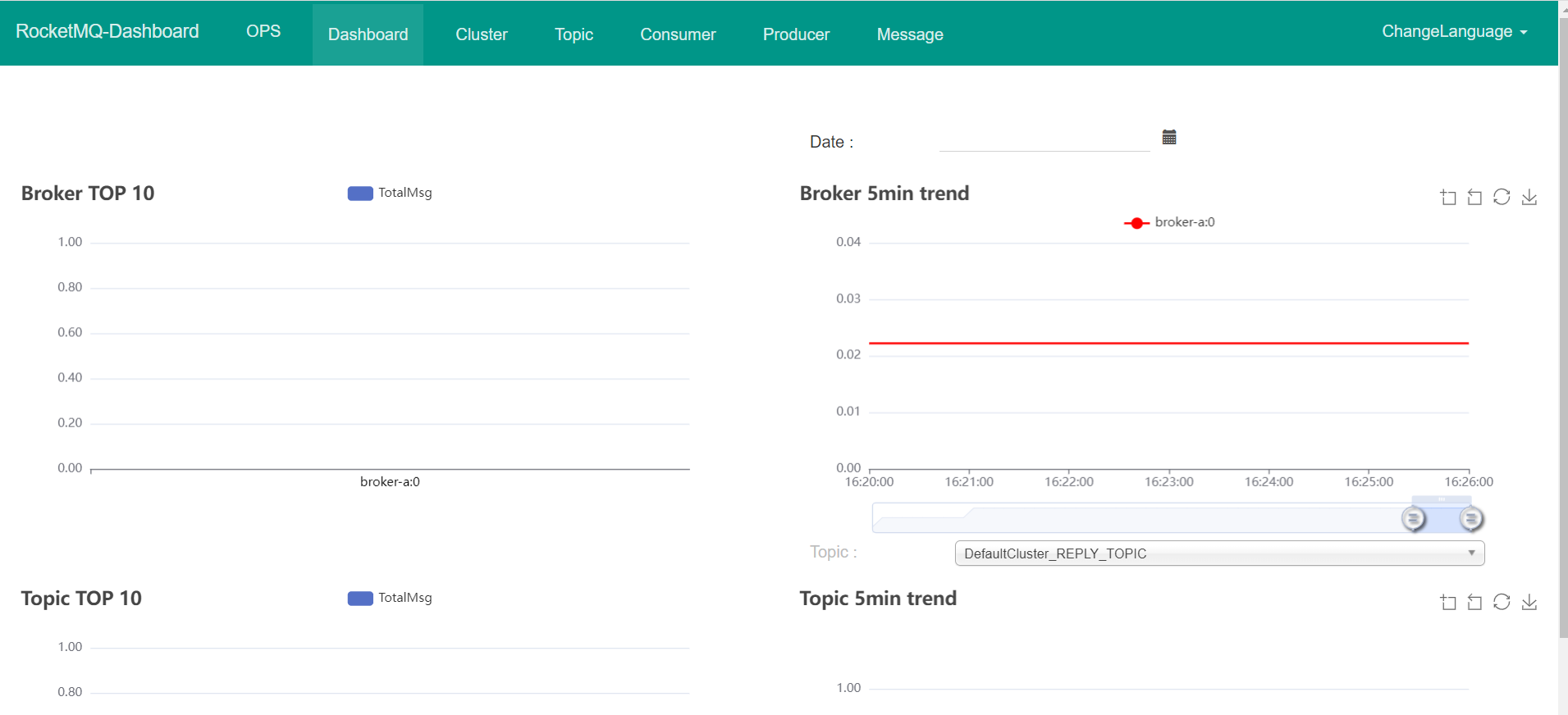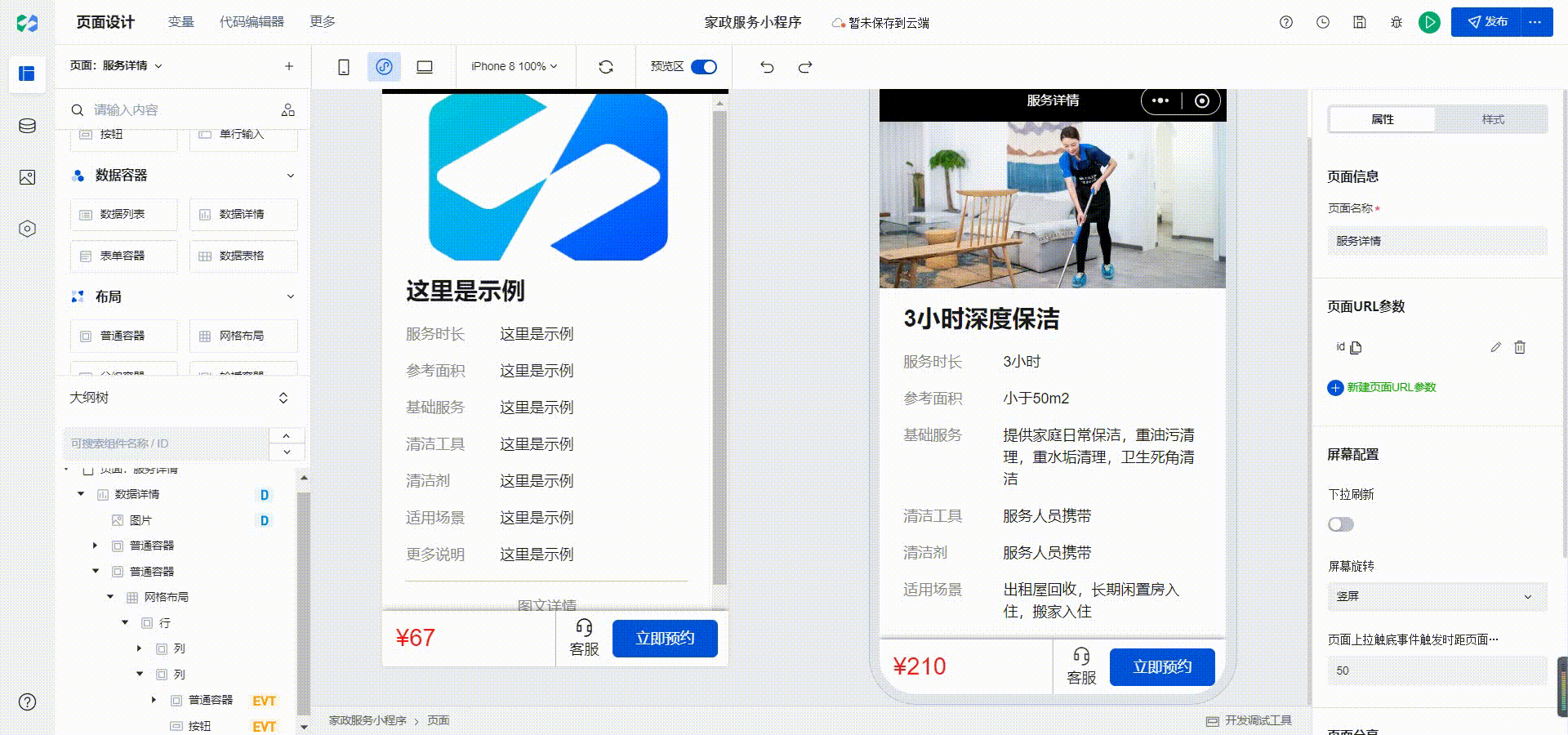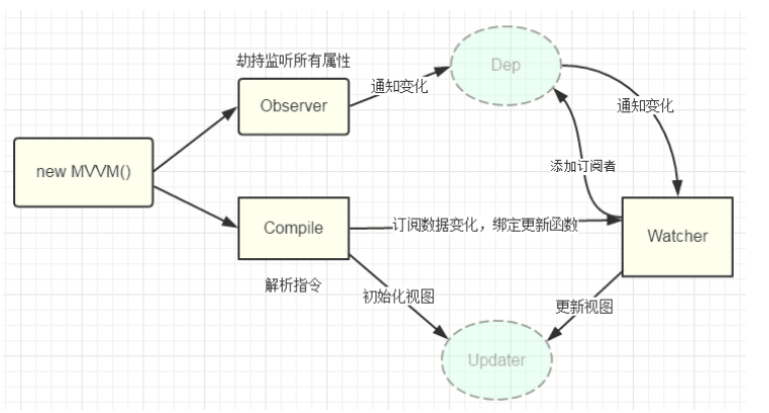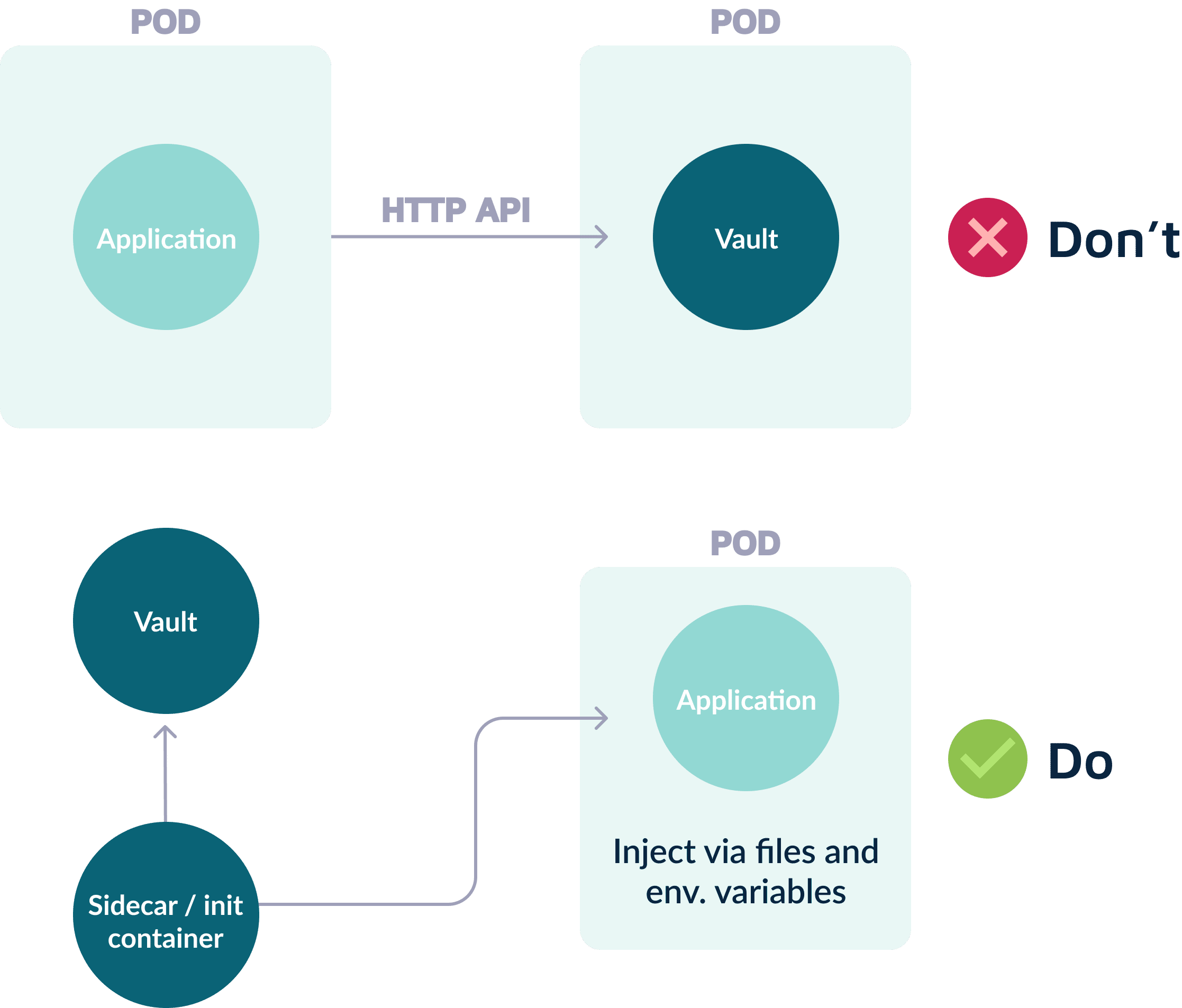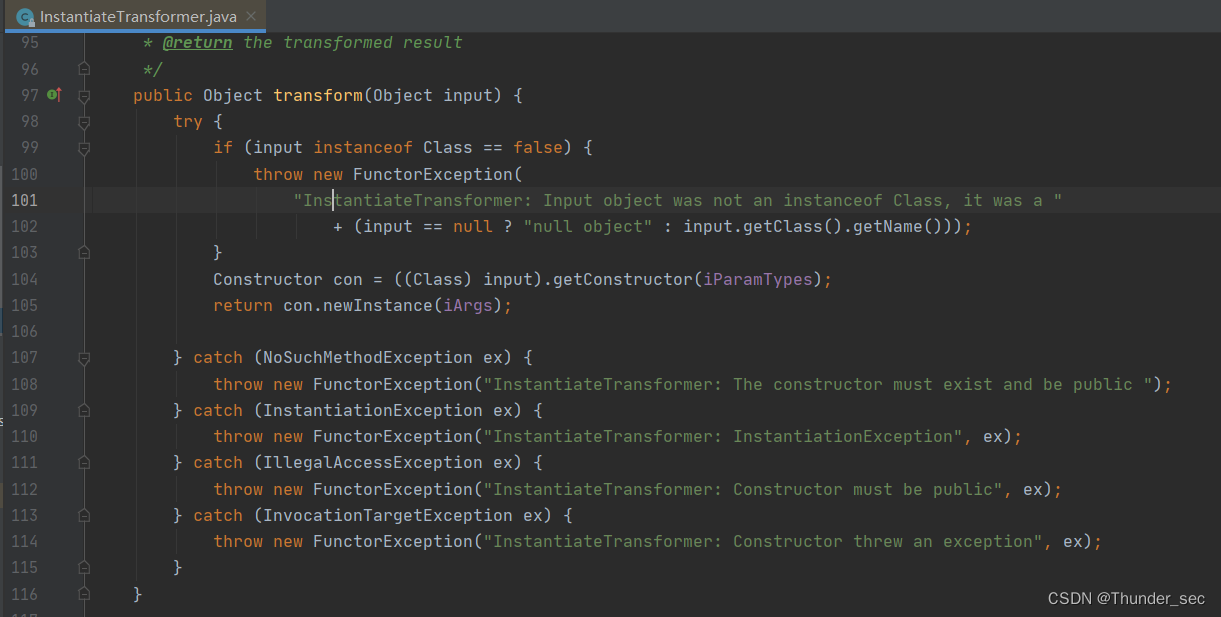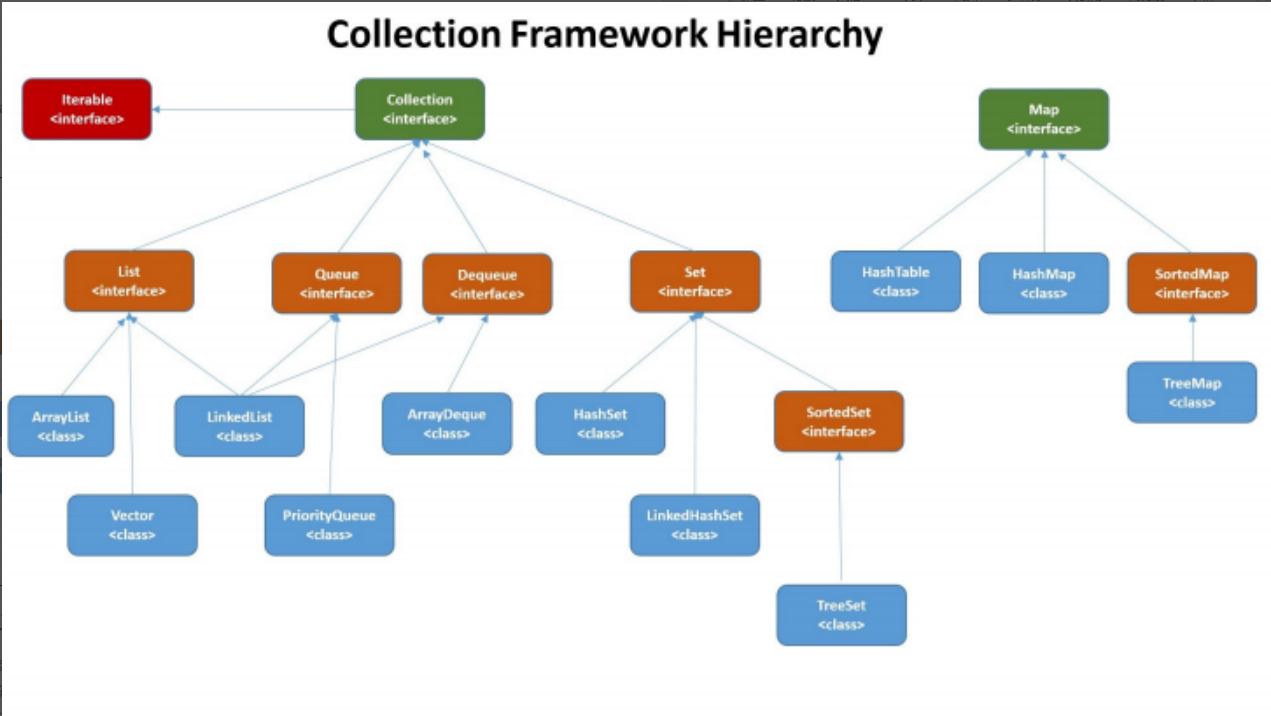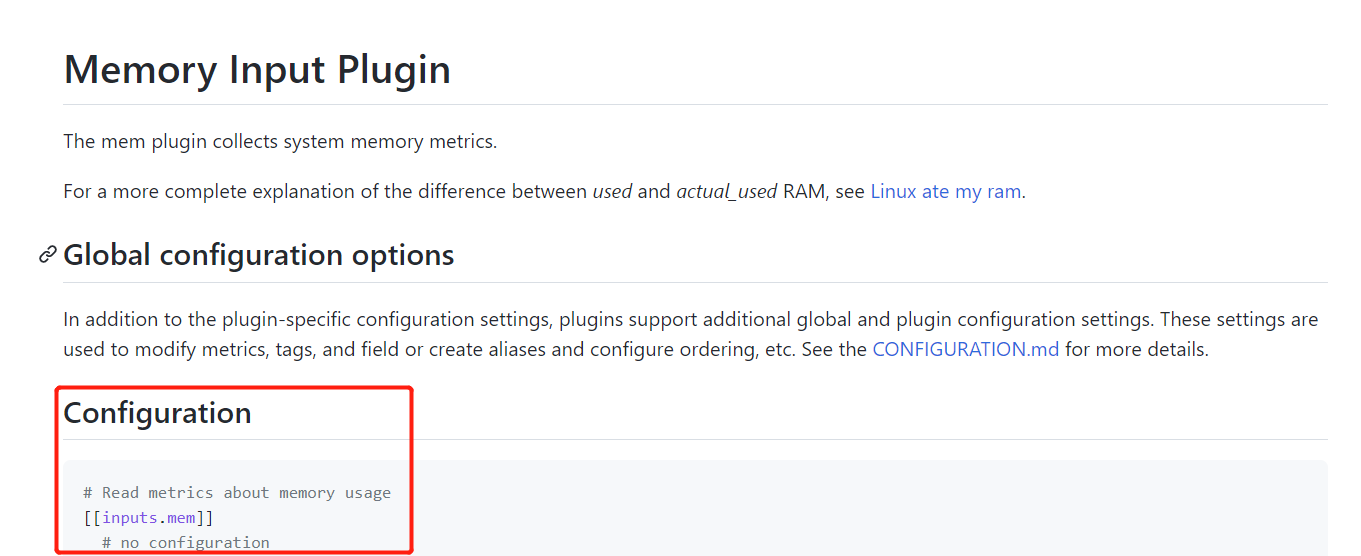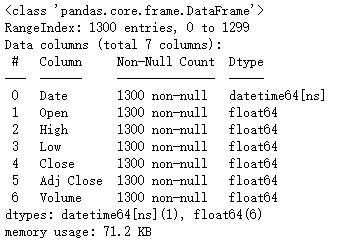一、介绍
通过前面的文字,我们已掌握了DataStore 的存储,但是留下一个尾巴,那就是Proto的接入。
Proto是什么?
Protobuf,类似于json和xml,是一种序列化结构数据机制,可以用于数据通讯等场景,相对于xml而言更小,相对于json而言解析更快,支持多语言
官网:Language Guide (proto 3) | Protocol Buffers Documentation
二、AndroidStudio加入Proto流程
1、项目build引入tools:
classpath 'com.google.protobuf:protobuf-gradle-plugin:0.8.8'

2、module引入插件:
apply plugin: 'com.google.protobuf'

3、在module的build文件进行配置
3.1指定proto文件目录
sourceSets {
main {
proto {
//指定proto文件位置,你的proto文件放置在此文件夹中
srcDir 'src/main/proto'
}
}
}
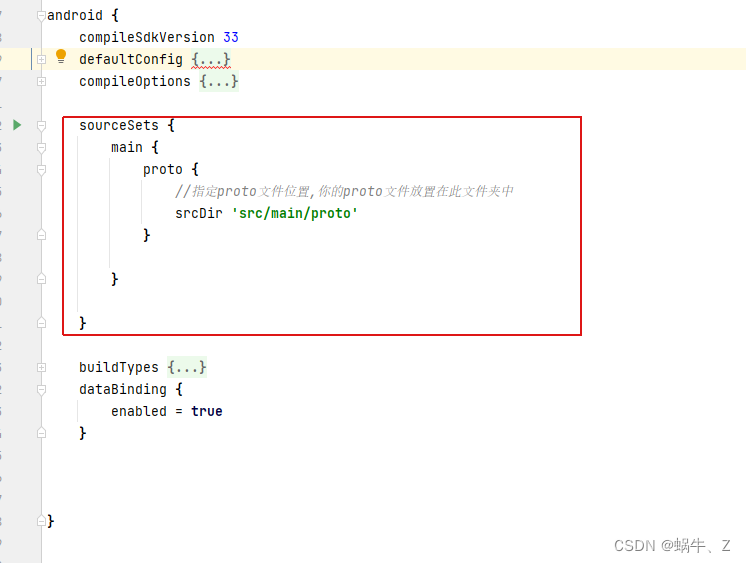
3.2引入依赖库
implementation 'com.google.protobuf:protobuf-java:3.5.1' implementation 'com.google.protobuf:protoc:3.5.1' implementation "com.suning.oneplayer:commonutils:1.10.30"
3.3.在build最外层加入proto节点
protobuf {
protoc {
artifact = 'com.google.protobuf:protoc:3.5.1' // 也可以配置本地编译器路径
}
generateProtoTasks {
all().each { task ->
task.builtins {
remove java
}
task.builtins {
java {}// 生产java源码
}
}
}
}

注意:直接新增protobuf,这个和android以及dependencies是评级。
3.4在main文件夹下新建一个proto的文件夹

这样,我们已完成了proto接入android的流程。
三、Proto如何对象的创建
先简单的看下一个小demo:
syntax = "proto3";
message SearchRequest {
string query = 1;
int32 page_number = 2;
int32 result_per_page = 3;
}解释:
syntax = "proto3";指定语言版本
message SearchRequest 定义一个消息
string 和int32是参数类型
从下到下参数后面都被指向了序列号,这些后面在序列化的时候的顺序。
数据类型:
| .proto Type | Notes | Java/Kotlin Type[1] |
|---|---|---|
| double | double | |
| float | float | |
| int32 | Uses variable-length encoding. Inefficient for encoding negative numbers – if your field is likely to have negative values, use sint32 instead. | int |
| int64 | Uses variable-length encoding. Inefficient for encoding negative numbers – if your field is likely to have negative values, use sint64 instead. | long |
| uint32 | Uses variable-length encoding. | int[2] |
| uint64 | Uses variable-length encoding. | long[2] |
| sint32 | Uses variable-length encoding. Signed int value. These more efficiently encode negative numbers than regular int32s. | int |
| sint64 | Uses variable-length encoding. Signed int value. These more efficiently encode negative numbers than regular int64s. | long |
| fixed32 | Always four bytes. More efficient than uint32 if values are often greater than 228. | int[2] |
| fixed64 | Always eight bytes. More efficient than uint64 if values are often greater than 256. | long[2] |
| sfixed32 | Always four bytes. | int |
| sfixed64 | Always eight bytes. | long |
| bool | boolean | |
| string | A string must always contain UTF-8 encoded or 7-bit ASCII text, and cannot be longer than 232. | String |
| bytes | May contain any arbitrary sequence of bytes no longer than 232. | ByteString |
新增:repeated
repeated 在proto的语法类似List
repeated Person list=1,类似list<Person>
头部扩展:
syntax:指定proto的版本,protobuf目前有proto2和proto3两个常用版本,如果没有声明,则默认是proto2.
package:指定包名。
import:导入包,类似于java的import.
java_package:指定生成类所在的包名
java_outer_classname:定义当前文件的类名,如果没有定义,则默认为文件的首字母大写名称
message:定义类,类似于java class;可以嵌套repeated:字段可以有多个内容(包括0),类似于array
枚举:enum
enum Corpus {
CORPUS_UNSPECIFIED = 0;
CORPUS_UNIVERSAL = 1;
CORPUS_WEB = 2;
CORPUS_IMAGES = 3;
CORPUS_LOCAL = 4;
CORPUS_NEWS = 5;
CORPUS_PRODUCTS = 6;
CORPUS_VIDEO = 7;
}proto也支持枚举,如上面所示,枚举也要指定tag索引序列号
默认值:
- 对于字符串,默认值为空字符串。
- 对于字节,默认值为空字节。
- 对于布尔值,默认值为false。
- 对于数字类型,默认值为零。
- 对于枚举,默认值是第一个定义的枚举值,该值必须为0。
- 对于消息字段,未设置该字段。它的确切值取决于语言。有关详细信息,请参阅生成的代码指南。
小试牛刀:
定义一个Settings.proto
syntax = "proto3";
option java_package = "com.example.wiik.testdemo.proto";
option java_multiple_files = true;
message Settings {
int32 example_counter = 1;
string name=2;
}
这样我们就完成了proto对象的创建。
如何引用prtot对象创建:
val set=Settings.newBuilder().setName("name").setExampleCounter(1).build()
set.name
set.exampleCounter这样我们就完成对象的创建。
四、总结
关于如何使用proto的语法,这边文章不予过多介绍。如果需要的,可以前往官网学习。这样DataStore proto的存储已形成闭环。

